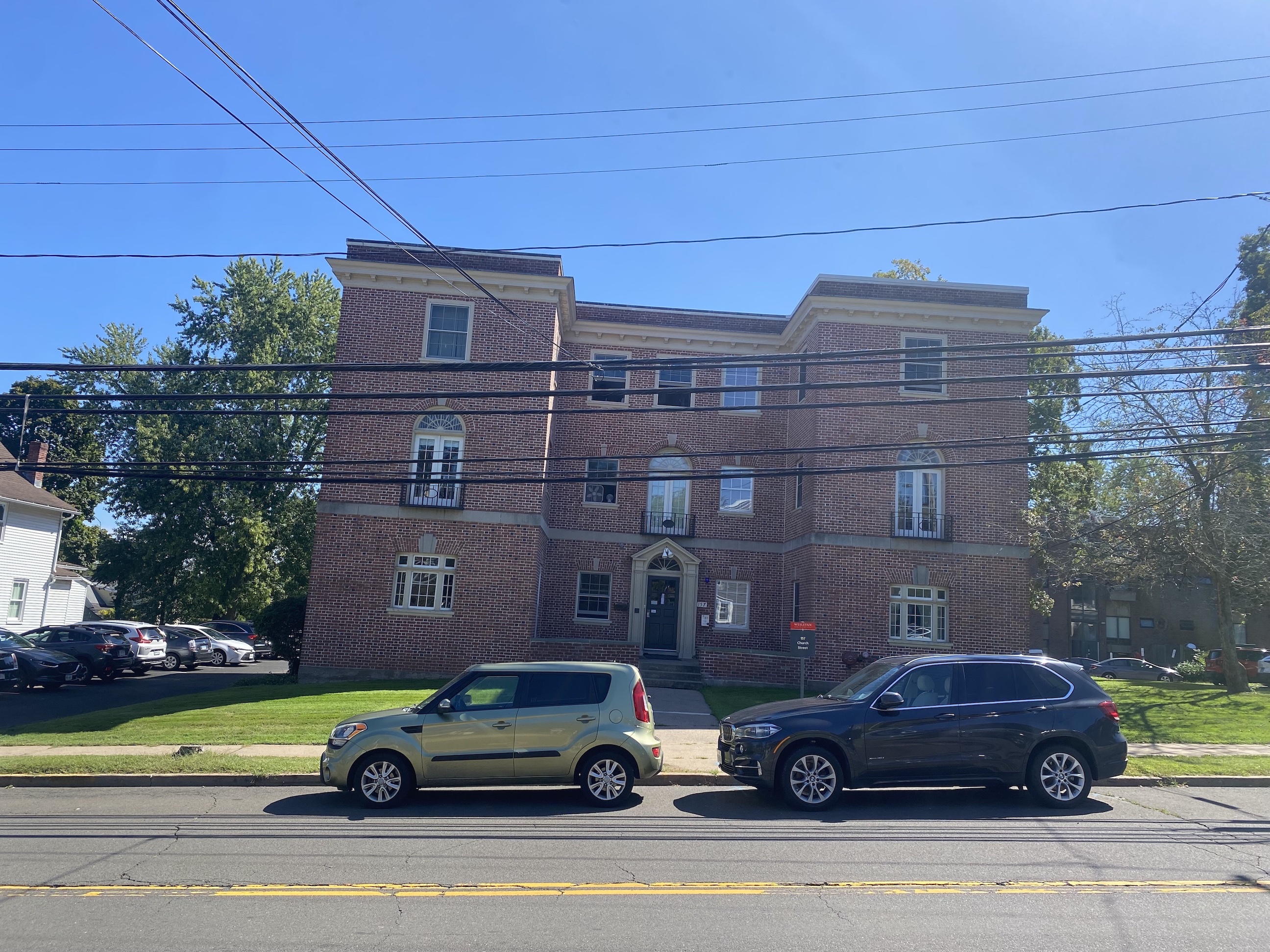
Lively discussions about new movies fill Film and Art House’s common room, while vibrant student-created paintings line the house’s walls, easels with unfinished paintings dotting empty corners. One can hear almost nothing but German spoken upon entering German Haus as students eagerly practice a shared second (or perhaps first) language with one another at home. And the Bayit’s all-Jewish residents frequently come together for discussions of faith, Shabbat services every week, and a healthy dose of spiritual celebration.
Hahahaha…. Alright, let’s be for real.
Perhaps this is what Residential Life believes its program houses look like, but we all know this is a facade. The high volume of angry football players living in Film and Art House this year, the Bayit’s majority non-Jewish population, and Lotus House’s lack of almost any Buddhist residents illustrate this simply. While program housing is a unique and appealing living option in theory, I would argue that on many fronts, it is failing in practice.
I perhaps must admit that I am a program house resident myself. I spend much of my time in a spacious Open House single, grateful for the cute room and ideal location on campus that the house provides. However, I would be lying if I said that I was really in it for the community engagement aspects of living within my program house.
While theoretically program housing allows students to connect more deeply with communities they identify with in a residential environment, in reality the stress of the housing process leaves many turning to program houses as simply another way to get a single-occupancy room in a campus location better than the Butterfields.
I do not necessarily want to blame these students for aiding the downfall of the University’s program houses; housing selection is a mess, and anyone who can make it out alive is deserving of a prize and of all my respect. However, the constraints of limited housing options have led many to request to live in program houses (often following a stern email by Residential Life staff, at least in my experience) that probably should not be living in one. Myself included.

However, arguably worse than the posers who request program houses is the practice of randomly assigning unhoused students to program houses. Take the Bayit for instance. I seriously doubt many, if any, of its non-Jewish residents sneakily asked to live there. But with current housing shortages, Residential Life likely feels they have no choice but to randomly assign students without housing to program houses where space is available. This is undoubtedly better than leaving students unhoused, but is detrimental to the effectiveness of program houses. After all, how can a house dedicated to fostering a distinct religious community thrive when a majority of its residents identify with other religions, or no religion at all?
Yes, I agree that there are students that program houses can truly serve. Take my house for instance. Open House, a dedicated queer living space on campus, could be an incredible, transformative residential experience for any queer student who feels isolated from queer support systems, particularly those who have grown up in environments that are homophobic or transphobic.
But the nature of program housing makes it almost impossible for that student to live in Open House; it would be difficult to hide one’s living situation from one’s parents or guardians, and so, most likely, very few students who really need the Open House community end up living there. The same could likely be said for students dealing with religious trauma who desire a residential living situation in a house dedicated to a different spiritual practice. In many cases, it does not seem as though the students who would really benefit from program houses end up living in them.
I don’t want to put the University on blast for these decisions, as I understand that they likely have few other options. Neither do I want to discredit the success of a select few program houses including Malcolm X House, Womxn of Color House, and International House for the vibrant communities they continue to cultivate. But as housing becomes more scarce, and program housing becomes less and less effective, are Program Houses necessary in this day and age? Would a set of un-themed sophomore and junior houses serve students better than houses with themes that residents could not care less about? After all, students need both housing and a feeling of belonging on campus, two challenges that program housing was aimed to confront. Since many of Wesleyan’s program houses no longer do this, can we pursue an alternative way of utilizing the University’s vast collection of living spaces to better serve students and build strong community ties?
I think yes.
Akhil Joondeph can be reached at ajoondeph@wesleyan.edu.


Leave a Reply